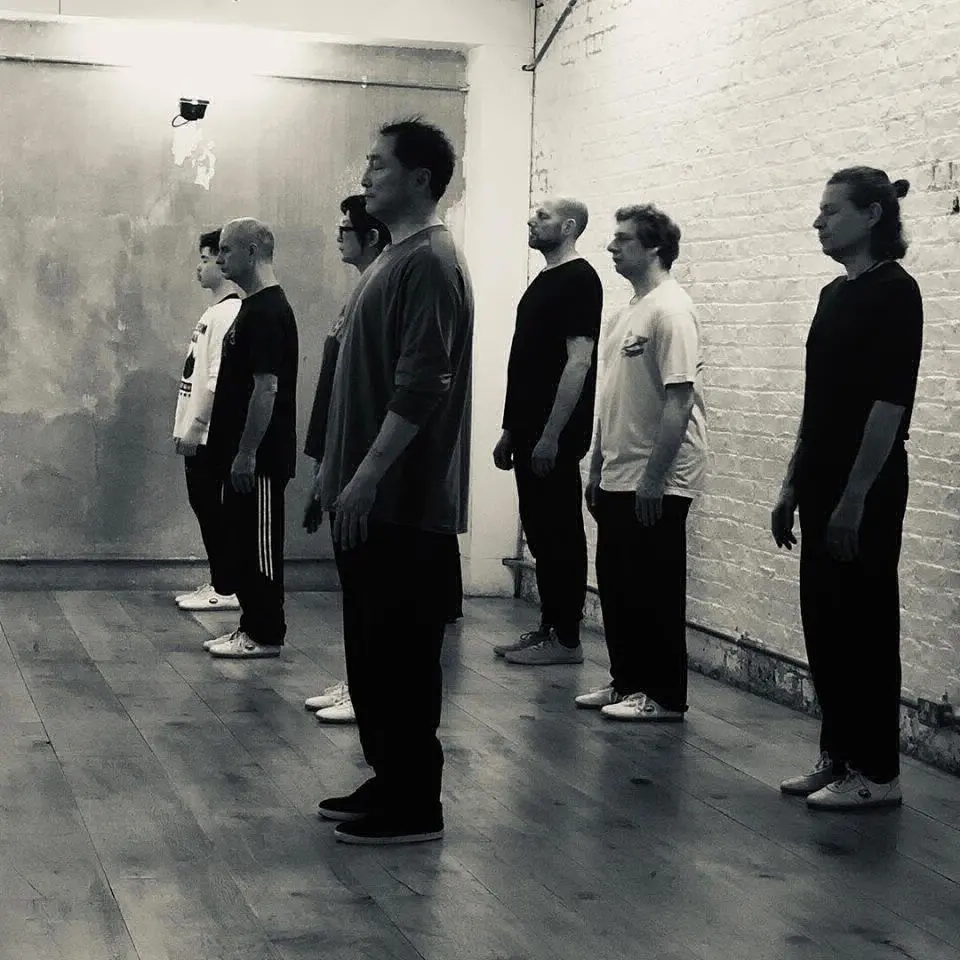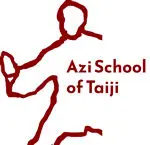Taijiquan (Taiji/Tai Chi)

Created as a martial art in the 12th century, Taijiquan (Tai Ji/Tai Chi) is based on the concept of yin and yang as observed in the natural world. Mastering this martial art involves slow movements with gentle turns and twists of the torso, combined with relaxed breathing. This combination works to improving the primary functions of the bodies internal organ system which results in improved blood production, circulation, and bone marrow density. This in turn may prevent disease and minimise existing health complications. Taijiquan (Tai Ji/Tai Chi) has therefore been subjected to much medical research in both China and in the West.
Taijiquan (Tai Ji/Tai Chi) has been shown to build:
- Strength
- Balance
- Flexibility
- Cardio-respiratory fitness
- Improve coordination
- Bone density
- Immune function
- Digestion
- Blood pressure
- Hypertension
- Improve cholesterol levels
- Improve postural and skeletal alignment
- Reduce stress and anxiety
Studies have also been done on the benefits of practising Taijiquan (Taiji/Tai Chi) for those suffering with arthritis and diabetes. While not a cure for everything, it has generated considerable interest for it’s health benefits. People who practice it enjoy a significant improvement in their sense of well being and quality of life: calmer and more relaxed.


